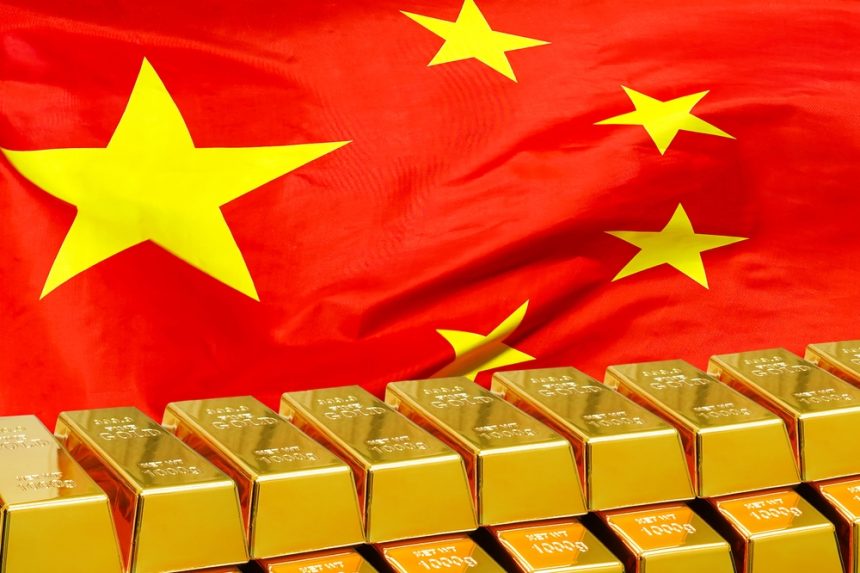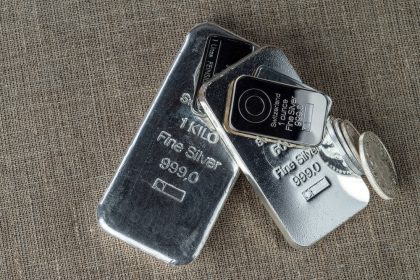Insurers Ordered Into Bullion
China has taken a step that may permanently reshape the gold market. Its insurance regulator now requires major insurers to allocate part of their massive portfolios to physical bullion. The directive transforms gold from an optional asset into a mandated store of value for institutions controlling trillions of dollars. By channeling purchases exclusively through domestic exchanges, Beijing keeps tight control while steadily building national reserves.
Impact on Supply and Prices
The numbers are extraordinary. A 1% allocation by the ten insurers included in the plan could translate into $45–53 billion in new demand, equal to roughly 630–750 tons of gold over three years. That is the equivalent of 15–20% of annual global mine supply. With mine production stagnant and recycled flows capped, the pressure can only be relieved by higher prices. Analysts already expect gold to surpass $3,700 per ounce this year, with bullish forecasts pushing well above $4,000.
Strategic Shift Away From the Dollar
Beijing has tied the program to its broader effort to reduce reliance on U.S. Treasuries. The regulation explicitly calls for funding bullion purchases through the sale of American government bonds. With China’s holdings already down to about $769 billion from over $1 trillion, this shift accelerates de-dollarization. Gold fills the credibility gap left by the yuan, offering a universal reserve asset immune to political mistrust.
Long-Term Consequences
Unlike Western funds, Chinese insurers cannot settle for paper claims on gold. They must buy the real metal, creating persistent, price-insensitive demand. As the mandate expands to more institutions and higher allocation levels, the structural change will deepen. With supply constrained, the outcome points in one direction: a long-term revaluation of gold as a core pillar of the global financial system.






